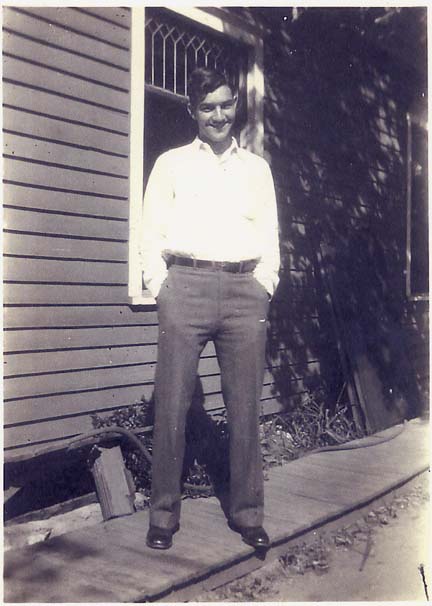Nebraska State League
Beatrice Blues 1928


The Nebraska State League was restarted in 1928 with Beatrice as one of the charter members of the league. Hal Brokaw from Kansas City was hired to organize and manage the team. He arrived in April with three players from Kansas City.
Beatrice was a baseball town. Pid Purdy, a Beatrice native, was playing for Cincinnati and the local paper followed his every move.
Weekday games were played at the Athletic Park. It is just west of the Beatrice Middle School. Today it is a football stadium with a running track around it. Part of the original grandstands can be seen in the south east corner of the field. It was one of the first lighted ball fields in Nebraska. When the running track was built the days for baseball were over.
The Sunday games were played at the Driving Park. It was at the bend in the Blue River. South of Market street and west of Highway 77 and the railroad tracks. At that time it had a half mile dirt race track and a baseball field. They probably moved to the Driving park to avoid complaints about sporting events on Sunday. On July 4th the race track held a major dirt track race. With a purse of $600 it attracted the top drivers in the midwest.
The team wound up in third place for the year. At the end of the season the franchise was moved to Norton Kansas. The Norton franchise lasted for a couple of seasons. Beatrice returned to the NSL in 1932.
The Blues program for 1928 featured a number of ads for various political candidates and public services in addition to various local business concerns.
Beatrice Blues Program for 1928

|
Roster: First base for the Blues was held down by Hal Brokaw. Hal was from Kansas City but at the end of the season planned a long visit to friends in Louisianna. Mickey McMahon spent the year in the dirt at second base for Beatrice. He averaged .227 for the year. He also spent some time at short stop during the season. At third the Blues had Hugh Graham. Hugh averaged .234 for the year and was named an all star honorable mention. According to the Beatrice paper, Hugh planned on visiting a certain "young lady" in Fairbury after the season. Hugh returned in 1929 to play for the Norton Jayhawks. Short stop for part of the 1928 was held down by Vern Gleason. He also spent time in center field and averaged .283 for the season. Vern was from Burr Oak Kansas and returned home for the off season. Catching chores for the Blues was in the capable hands of Fred Edwards He averaged .274 and was named an all star honorable mention. He returned to Omaha for the off season where he sold mens clothing.
|
|
Hugh Graham Courtesy of LeMoyne McCaulley |
Frank "Moose" Rabuse was a second team all star for the Blues. He was fourth in the league with 15 home runs and had a .324 average. The outfielder from Kansas City returned to the home of great ribs to work as a steam fitter in the off season.
Eddie Baker played in the garden for the Blues in 1928. The Kansas City native returned to work in the newspaper business in the off season.
Pitchers:
Arthur K "Donald" McDonald was named second team all star in 1928. He was 9-8 in 133 innings and had a 4.13 ERA. He went from Beatrice to Texas to pitch as a "hired gun" for a Texas team. He then returned to Kansas City where he worked for the rail road.
John Rogers went from flinging baseballs for the Blues to working for the Missouri Pacific Railroad in the off season. Nebraska Minor League Baseball Home
© 2004 Bruce Esser